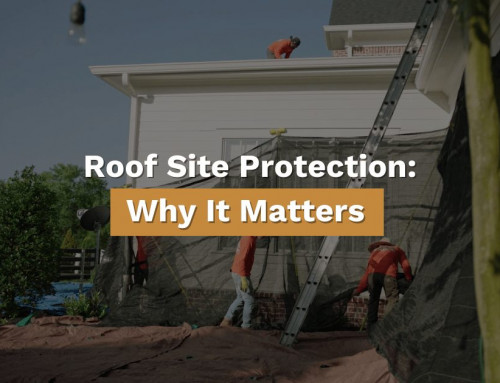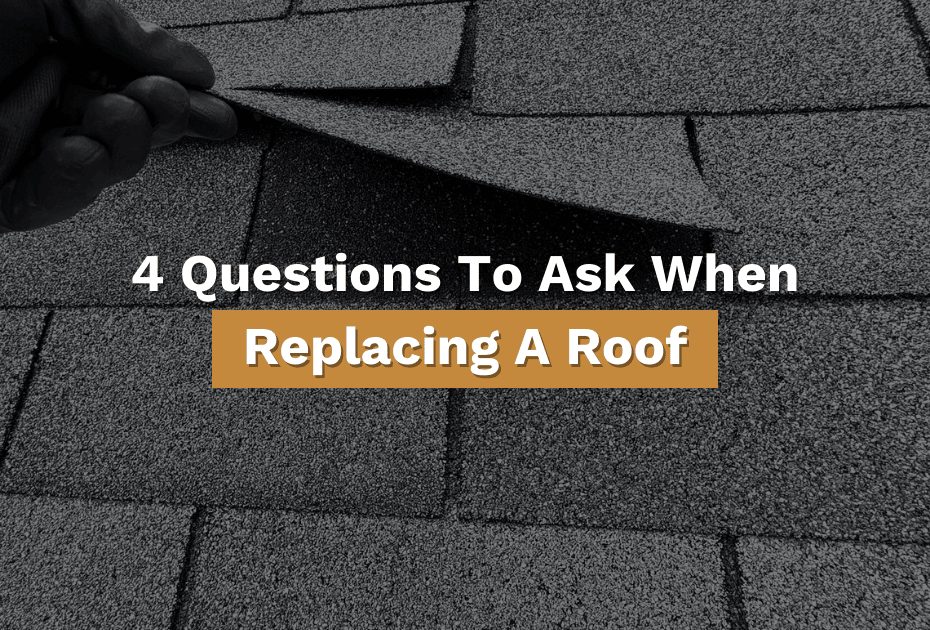
Highlights for Top Roofing Questions
When planning a roof replacement, it’s important to understand your options. From asphalt shingles, which are an affordable option, to premium materials, each roofing type offers unique benefits. Knowing the difference between three-tab and architectural shingles can help you choose the best fit for durability and style. Color also plays a role—darker roofs retain heat, while lighter or reflective materials can be more energy efficient and help reduce your home’s energy consumption. Beyond materials, a quality roof replacement includes proper installation, ventilation, and flashing to ensure long-term protection.
Table of Contents
Thinking about a roof replacement? Here are the questions to ask
Published on 9/12/2019 | Last Updated on 7/11/2025
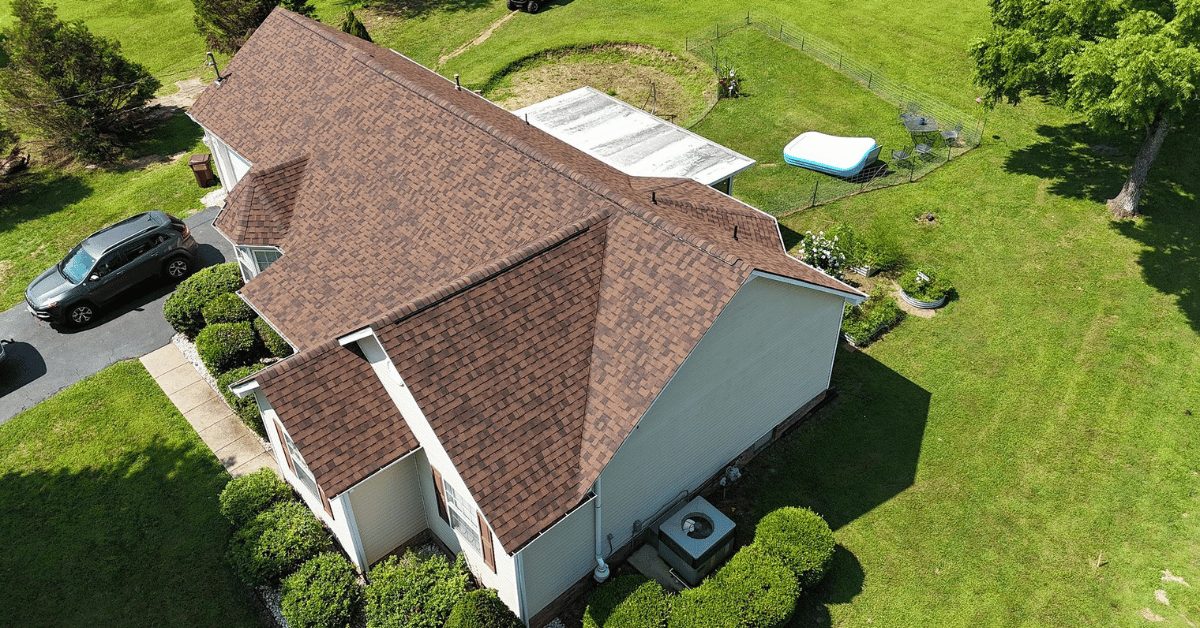
Don't let all the different roofing options available go over your head.
Don't put off thinking about a new roof until it's too late and there's water dripping into the living room. With so many roofing options available, it can be easy to feel like you're in over your head and overwhelmed with choice.
There are several roofing types to consider, each with unique characteristics, durability, and costs. Understanding these roofing types can help you narrow down the best roofing material for your home.
If it might be time for a new roof soon, first think about what's most important to you — price, aesthetics, longevity, homeowner association rules — and go from there.
Top Roofing Questions about Roof Replacements
1. What are the roofing material options?

- Asphalt shingles are the best bang for your buck — more than 80 percent of U.S. homes are topped with asphalt shingles. Architectural asphalt shingles, in particular, perform well in high winds and strong winds, making them a good choice for areas prone to such conditions. Asphalt shingles are best suited for pitched roofs.
- Metal roofs are inexpensive and long-lasting, with excellent resistance to UV rays, extreme weather conditions, high winds, and strong winds. However, they might not fit with your home style or the neighborhood aesthetic. Metal roofing is suitable for both pitched roofs and low-sloped roofs.
Alternative Options to Metal & Shingles
- Wood roofing includes both wood shingles and cedar shakes, offering a natural appearance and traditional charm. Cedar shake is especially valued for its rustic look, wide variety of styles and colors, and durability. While beautiful, these options are expensive to install and require regular maintenance to prolong their lifespan.
- Concrete tiles are a durable roofing option with a long lifespan and relatively low maintenance needs. However, they require more maintenance than some other materials due to water absorption. They also need periodic resealing, especially in colder climates. They are more affordable than natural slate but require a strong roof structure due to their weight.
- Alternative roofing materials include options like green roofs, solar panels, and various synthetic products. Each offer unique benefits and considerations for different residential applications. A green roof, for example, is a sustainable option that functions as a living garden, providing benefits like improved water management, insulation, and air quality.
When choosing a roofing material, consider whether your home has a pitched roof, flat roof, or low sloped roof. Certain materials—like built up roofing, modified bitumen, and single-ply membranes—are specifically designed for flat or low sloped roofs. Others, such as asphalt shingles and slate tiles, are best suited for pitched roofs.
2. What kinds of asphalt shingles are there?
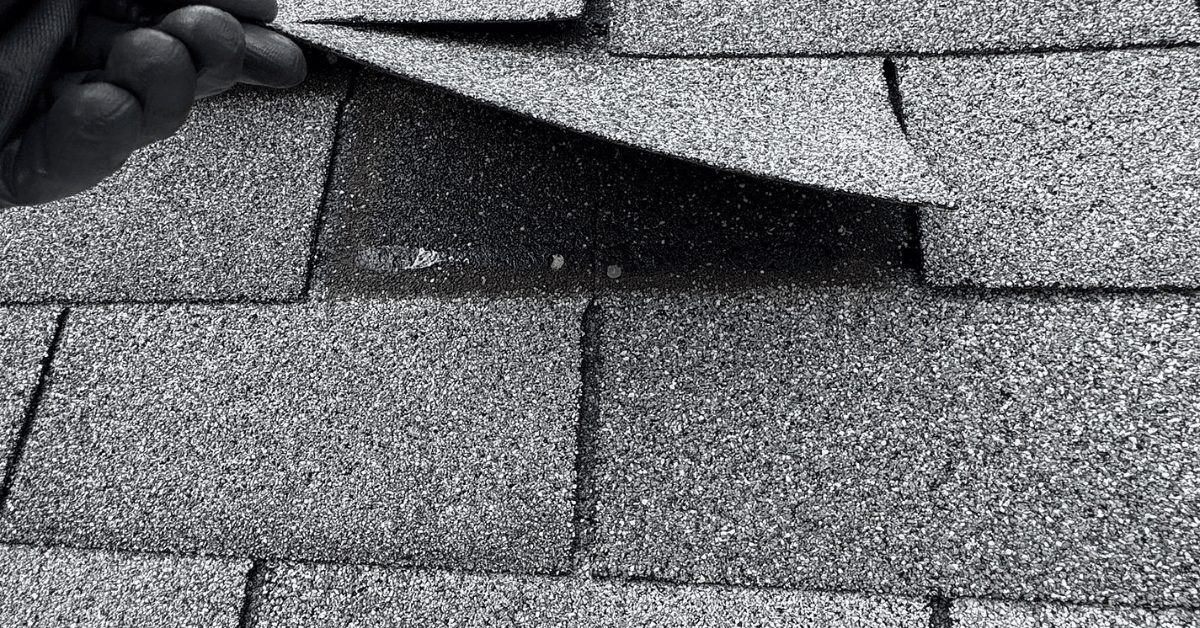
Not all asphalt shingles are alike. Your first decision is whether you want the three-tab shingle — an entry-level, builder-grade shingle installed in flat rows, often referred to as traditional shingles. Then, there are architectural shingles which are more sophisticated and constructed with multiple layers.
When replacing a roof, homeowners often choose between installing new shingles over existing ones or opting for a full tear-off. Installing new shingles can be a cost-effective solution, offering improved protection and a refreshed appearance.
These multiple layers provide a textured, dimensional appearance and enhanced durability compared to traditional shingles, which are typically flatter and less robust in performance.
3. What color roofing is available?

Options come in a variety of roofing colors, from Charcoal Gray to Burnt Sienna. Roofing materials are also available in many styles and colors, allowing homeowners to customize the look of their roof. Some materials offer more styles and colors than others, providing even greater flexibility in design. You'll want to consider the temperature when choosing. In a cooler climate, you want a darker color, as darker colors attract and retain heat.
4. What else should I consider when shopping around for a new roof?
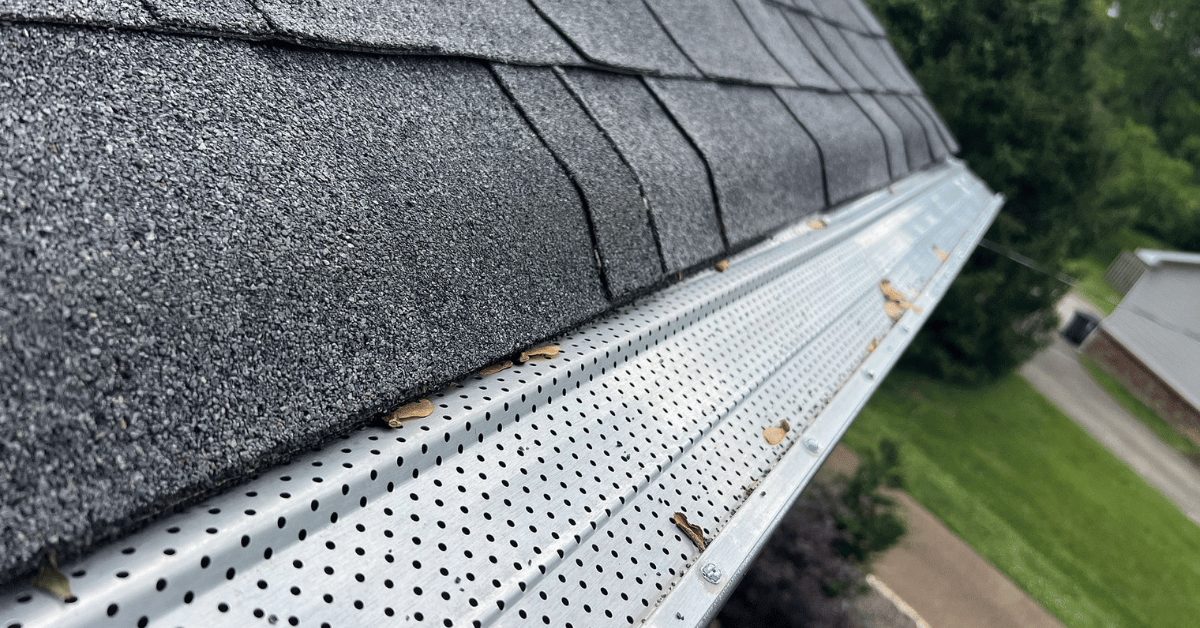
When you decide to get a new roof, remember that your roof is more than shingles. Understanding the installation process for different roofing materials is important, as some options may require more labor or expertise. We do whatever is necessary and inspect for rot and damage. We can replace decking and install an ice and water barrier and synthetic underlayment. Our installers will inspect openings like skylights and chimneys and re-flash them, replace ventilation pipes, and make sure your attic is properly ventilated.
Certain roofing materials, such as standing seam metal roofs, are especially effective at reducing cooling costs by reflecting sunlight and minimizing heat transfer into your home. Choosing the right roofing material can help lower your home's cooling costs, particularly in hot climates where energy efficiency is crucial.
Be sure to comply with local building codes and obtain any necessary permits before starting your roof replacement. Proper maintenance of your new roof is essential to extend its lifespan and avoid costly repairs down the line. Inspect for old shingles and decide whether they should be removed or if new materials can be layered on top. If significant damage or granule loss is found, it may be necessary to replace the whole roof rather than just a section. Take steps to prevent leaks by ensuring proper flashing and sealing around all roof penetrations. When choosing your roofing material, consider potential future repairs and how they may affect your long-term maintenance strategy.
Keep all of this in mind when you're looking for a new roof to keep over your head.
Additional Top Roofing Questions
5. How much will a new roof cost?

When planning a roof replacement, one of the first questions on every homeowner's mind is: how much will a new roof cost? The answer depends on several factors, including the type of roofing material you choose, the size and shape of your roof, and the complexity of your roofing project.
For most homes, asphalt shingles remain the most common roofing material, offering a balance of affordability and reliability. On average, installing asphalt shingles costs between $3.50 and $7.00 per square foot. For a typical 2,000 square foot roof, that means you could expect to pay anywhere from $7,000 to $14,000 for a new roof using this popular option.
If you're looking for a more premium look and added durability, architectural shingles typically cost a bit more, ranging from $5.00 to $10.00 per square foot. That puts the total for a 2,000 square foot roof between $10,000 and $20,000. Architectural shingles offer a textured surface and enhanced curb appeal, making them a favorite for homeowners who want to boost their home's appearance.
Metal roofing is another excellent choice, especially for those seeking energy efficiency and minimal maintenance. Metal roofs generally cost between $7.00 and $14.00 per square foot, so a new metal roof for a 2,000 square foot home could run from $14,000 to $28,000. If you're considering standing seam metal roofs, which are known for their sleek appearance and durability, expect to pay a bit more—typically $10.00 to $18.00 per square foot, or $20,000 to $36,000 for the same size roof.
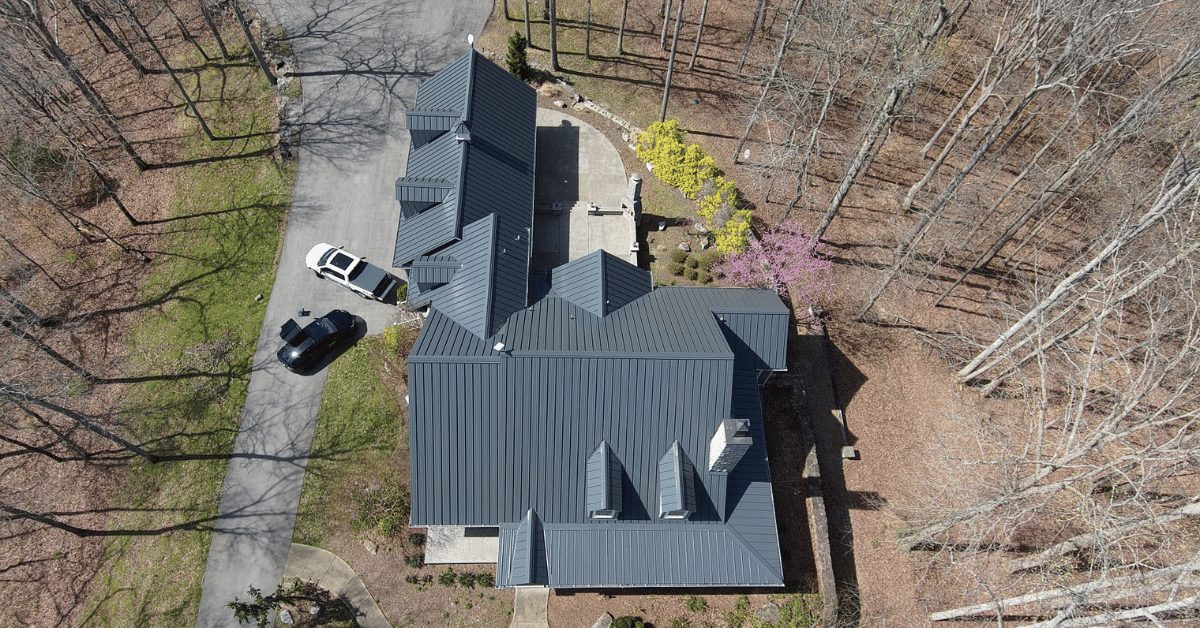
For homeowners drawn to the timeless beauty of clay tile roofing, costs can range from $10.00 to $20.00 per square foot. That means a 2,000 square foot roof could cost between $20,000 and $40,000. Clay tiles are prized for their longevity and ability to withstand hot climates, but they do come with a higher initial outlay.
Wood shingles are another environmentally friendly option, offering natural charm and excellent insulation. Installing wood shingles usually costs between $8.00 and $15.00 per square foot, so a new roof could total $16,000 to $30,000 for a standard home.
Other costs that Factor into the Final Cost of a Roof Replacement
Keep in mind, these are ballpark figures. The actual cost of your new roof will depend on the specifics of your roofing project, including the roof structure, local labor costs, and any necessary repairs or upgrades. It's always smart to get multiple estimates from reputable contractors to ensure you're getting the best value for your investment.
Beyond the price of the roofing material itself, don't forget to factor in the cost of proper installation, potential roof structure repairs, and any required permits. While the initial cost can be significant, choosing the right roofing material and ensuring a quality installation is important. It can save money through improved energy efficiency, low maintenance, and increased curb appeal.
Investing in a well-maintained roof not only protects your home from the elements but also adds lasting value. By weighing your options, you'll be well on your way to a roofing project that meets your needs and your budget.
6. What should I know about roof maintenance and inspection?
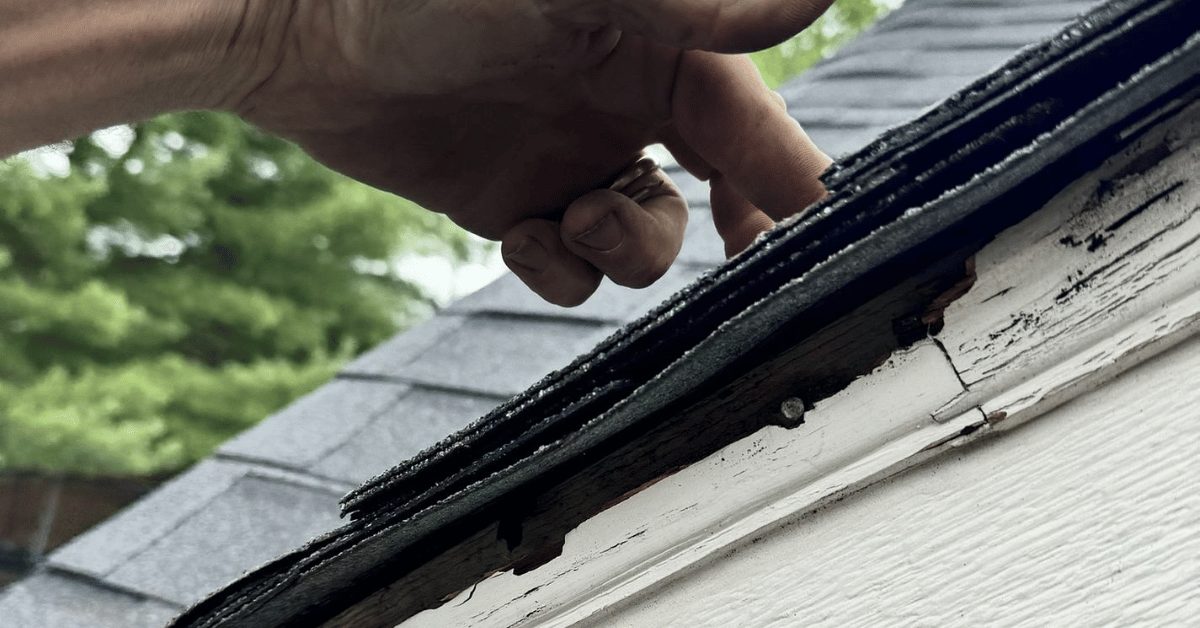
Keeping your roof in top shape is essential for protecting your investment and maintaining your home's curb appeal. Start by checking for damaged, missing, or loose shingles—especially after severe weather conditions. Architectural shingles typically require less maintenance than some other materials, but it's still important to inspect them for signs of wear or damage.
Don't forget to clear debris from your roof and gutters to prevent water buildup and potential leaks. Make sure all flashings are secure and properly sealed, as these areas are common sources of leaks during severe weather. If you're unsure about the condition of your roof, consider hiring a professional to perform a thorough inspection, particularly after storms or harsh weather conditions. Staying proactive with maintenance can save you money in the long run and help your roof look its best for years to come.
7. Are there local building codes or regulations I need to follow?
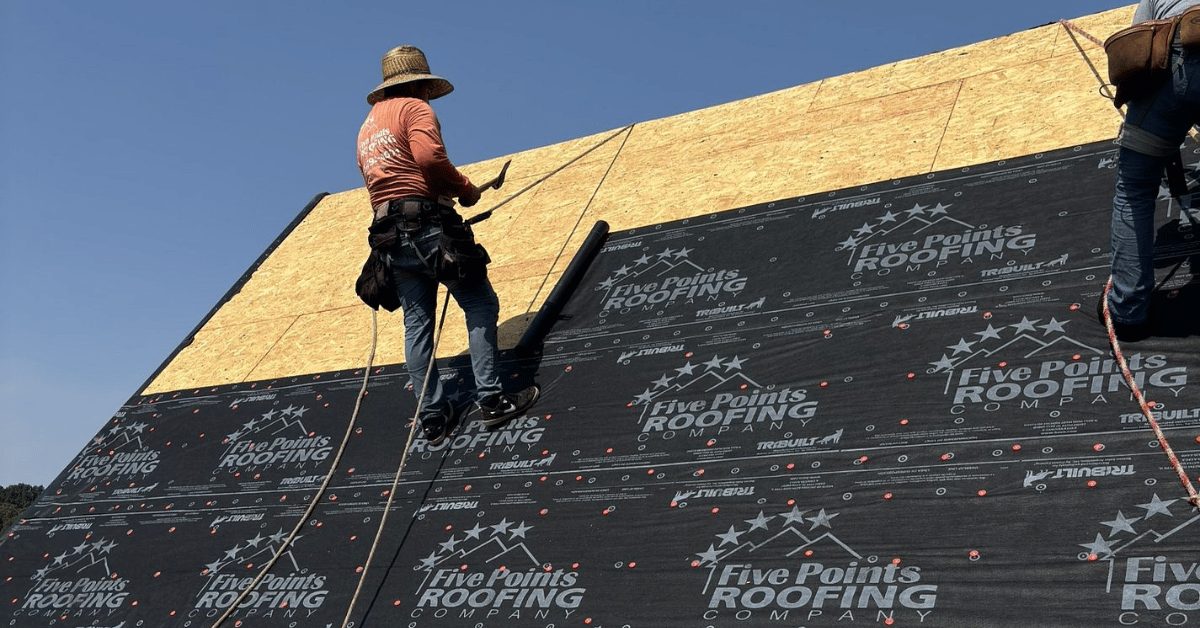
Before starting your roofing project, it's crucial to check for any local building codes or regulations that may affect your choice of roofing materials. Many municipalities have rules on roofing materials, especially for fire resistance and installing metal, clay, or slate roofs. For example, some areas may require fire-resistant clay tiles or slate roofing in wildfire-prone regions. Others may have guidelines for installing solar panels or restrictions on certain roofing materials.
Failing to comply with local building codes can lead to costly repairs, fines, or even having to redo your roof. Always research your local regulations and obtain any necessary permits before beginning your roofing project. This extra step ensures your new roof is safe, legal, and built to last.
8. How does my roofing choice impact the environment?
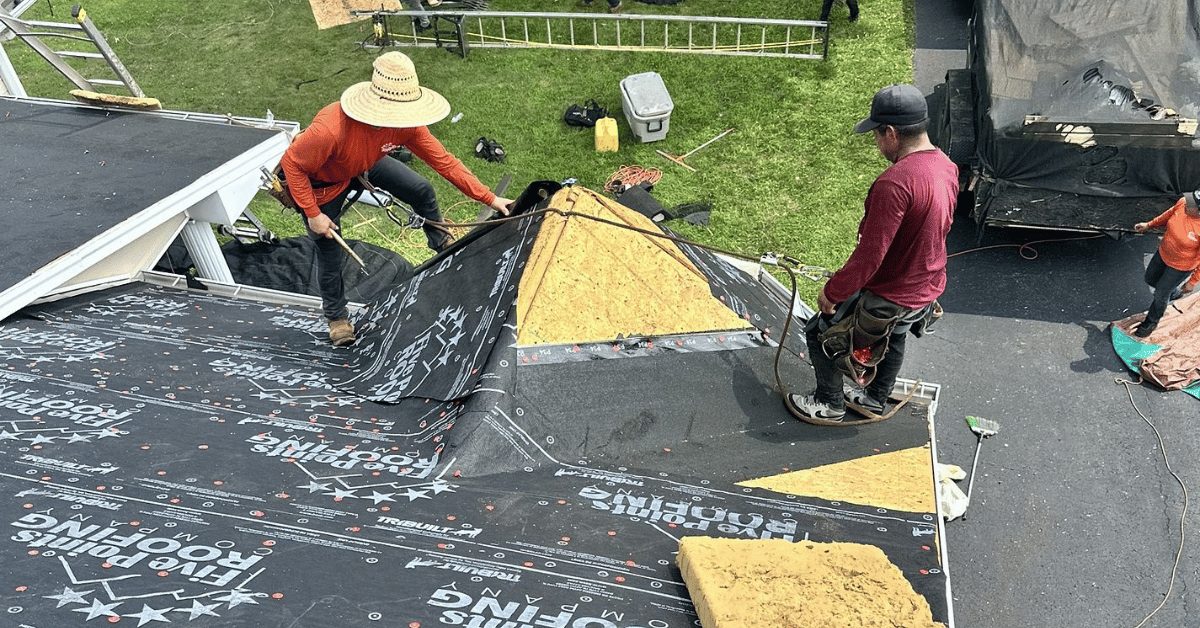
The roofing material you select can make a big difference in your home's environmental impact. Asphalt shingles have a shorter lifespan and can contribute to landfill waste. In contrast, metal roofing is s more durable options that can last for decades, reducing the frequency of roof replacements and minimizing waste.
If you're looking to boost your home's energy efficiency and reduce your carbon footprint, consider environmentally friendly options like green roofs or solar panels. Composite shingles and synthetic slate made from recycled materials are also excellent choices for homeowners who want to be eco-conscious. By choosing a roofing material that's both durable and sustainable, you can help protect the environment while enjoying long-term savings and comfort.
9. What should I look for in a roofing warranty or guarantee?

A strong warranty is an important factor when choosing a roofing material. It can protect you from costly repairs down the road. Look for warranties that cover both materials and workmanship, and that offer protection against leaks and other common issues. Many manufacturers provide warranties ranging from 20 to 30 years, but some may even offer lifetime guarantees.
Be sure to read the warranty details carefully—understand what is covered, what isn't, and any maintenance requirements needed to keep your warranty valid. A comprehensive warranty not only gives you peace of mind but also adds value to your roofing investment by safeguarding your home. Choosing a roofing material with a robust warranty is a smart way to protect both your property and your budget.
Let Our Family Help Protect Yours
When it comes to protecting your home, don't settle for guesswork or gimmicks—choose a roofing partner who treats your home like their own. We help homeowners across Franklin, Brentwood, and the Greater Nashville area make smart, stress-free decisions about their roof replacements. Whether you're leaning toward classic asphalt shingles, premium slate, or something more modern, we'll walk you through your options with honest recommendations and expert insight—never pushy sales tactics. Schedule your free roof inspection today and let our family take care of yours. Your home deserves the best, and that starts at the top.

